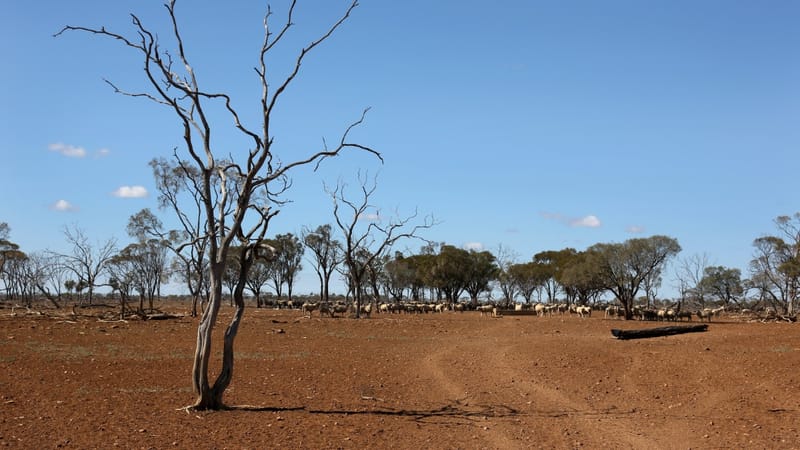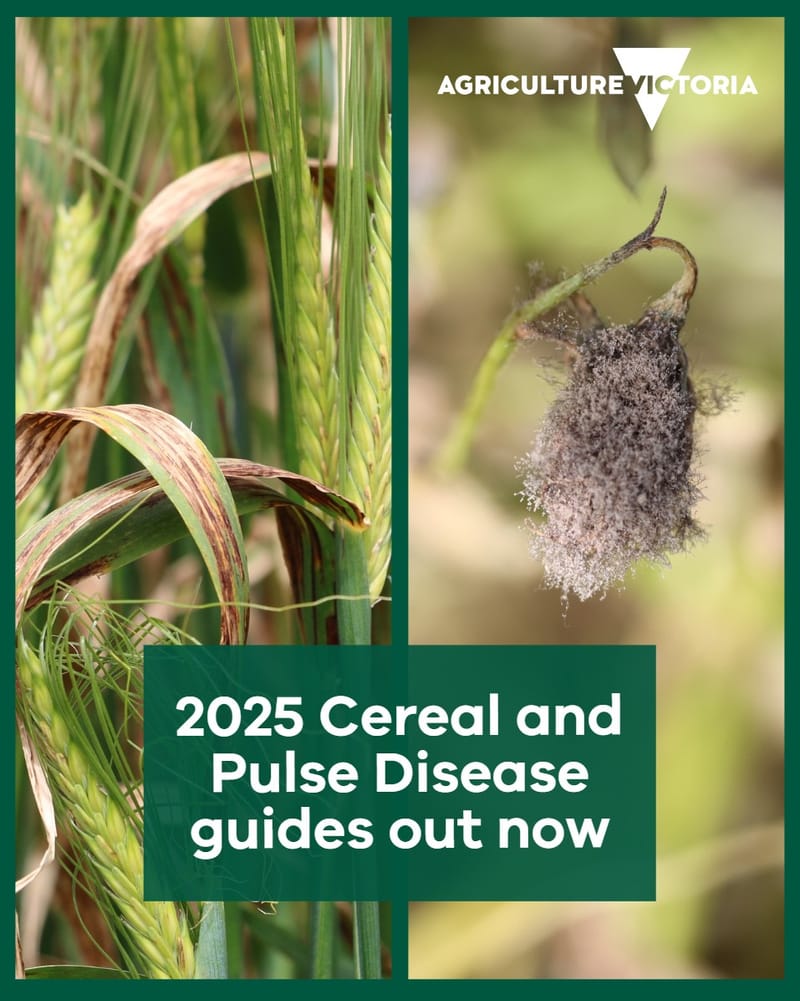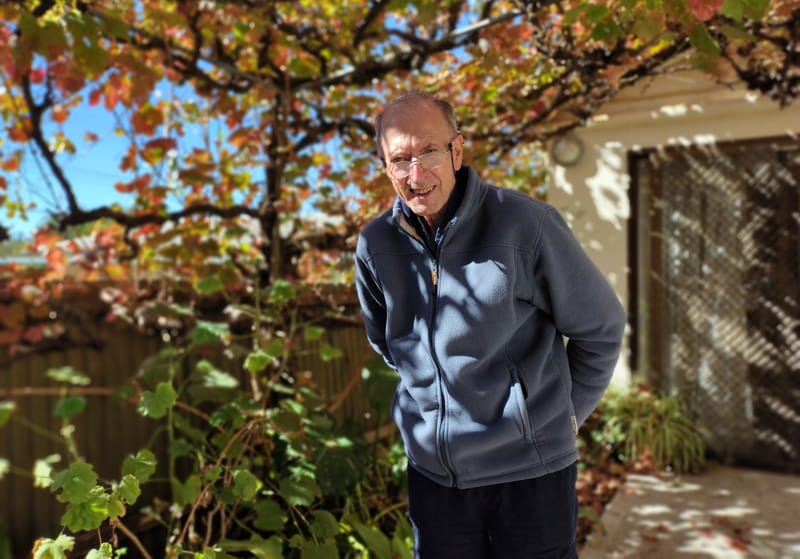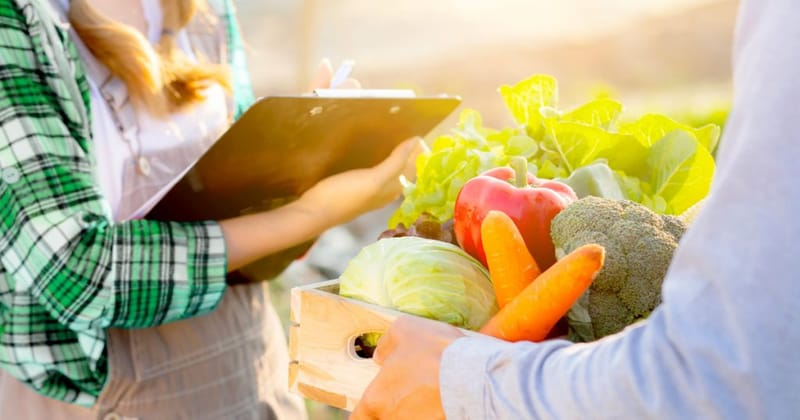Farmer optimism up, shaking off 2022 challenges
SOUTH Australian farmers finished 2022 with growing optimism following a year of challenges such as high input costs, excessive rainfall and flooding, and biosecurity concerns. The last quarterly Rabobank Rural Confidence Survey, released...
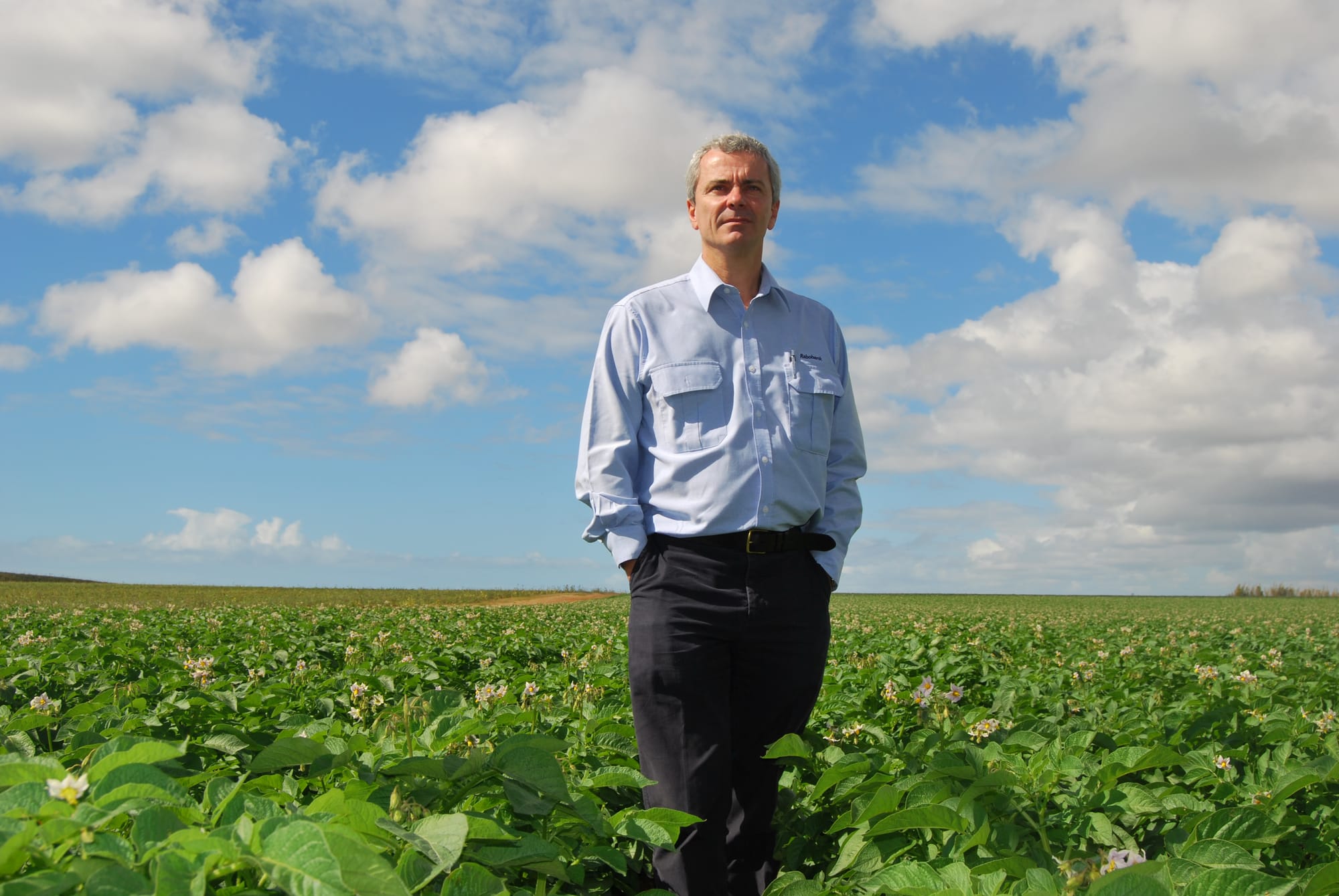
SOUTH Australian farmers finished 2022 with growing optimism following a year of challenges such as high input costs, excessive rainfall and flooding, and biosecurity concerns.
The last quarterly Rabobank Rural Confidence Survey, released mid-December, found national farmer sentiment was edging back up after four consecutive quarters of decline, with fewer farmers now expecting agricultural conditions to worsen and eased concerns on commodity prices and biosecurity.
The survey showed South Australian farmer confidence edged higher after a drop in the last quarter, and rural sentiment was recorded as the highest in the country.
Rabobank Australia CEO Peter Knoblanche said the survey reflects an enduring confidence in agriculture, despite the “mixed bag” of challenges farmers continue to face.
“Domestic and global demand for our rural commodities underpins productivity and profitability across sectors, and, with three years of improved seasonal conditions now under our belts, farmers have the confidence to make long-term investments into their businesses,” Mr Knoblanche said.
“That said, we’re still seeing the seasonal resilience of farming businesses being tested – many have weathered droughts and bushfires to then face extreme wet conditions, which create challenges of a different nature. This has reined in the earlier seasonal optimism for some, while for others La Nina will deliver a record grain harvest and set up their feed base and soil moisture reserves for the new year.
“It certainly hasn’t been a one-size-fits-all this year, which is driving the varied responses of farmers across states and sectors.”
The survey, completed in November, found 15 per cent of farmers were expecting improved business conditions in the coming 12 months (up from 14 per cent), while 50 per cent had a stable outlook (up from 43 per cent).
A total of 31 per cent expected operating conditions to deteriorate (down from 36 per cent with that view previously).
The high cost of farm inputs – such as fuel, fertiliser and energy – remains a concern for nearly half of farmers (49 per cent) who expect the agricultural economy to worsen, however this has dropped from the 62 per cent who had that concern in the middle of the year.
Mr Knoblanche said inflation was not found to be significantly weighing on rural confidence, with only 3 per cent of farmers listing it as cause for their pessimistic outlook.
Interest rates were reported as a concern by 11 per cent of farmers expecting deteriorating business conditions in the year ahead, down from 15 per cent with that concern in the previous survey, despite recent interest rate hikes.
While the wet spring delivered excellent seasonal conditions for many regions, it also presented significant challenges for grain growers coming into the summer harvest period, Mr Knoblanche said.
“While growers in some parts of Western Australia and South Australia will reap record, or near-record, crops, the La Nina roulette means many growers in Victoria and NSW are coming to terms with the impact of flooding and excessive rain and some are still unable to even get out into their paddocks,” he said.
“With low-lying paddocks under water for extended periods of time, these growers are facing yield, volume and quality downgrades as well as, for some, simply un-harvestable crops.”


